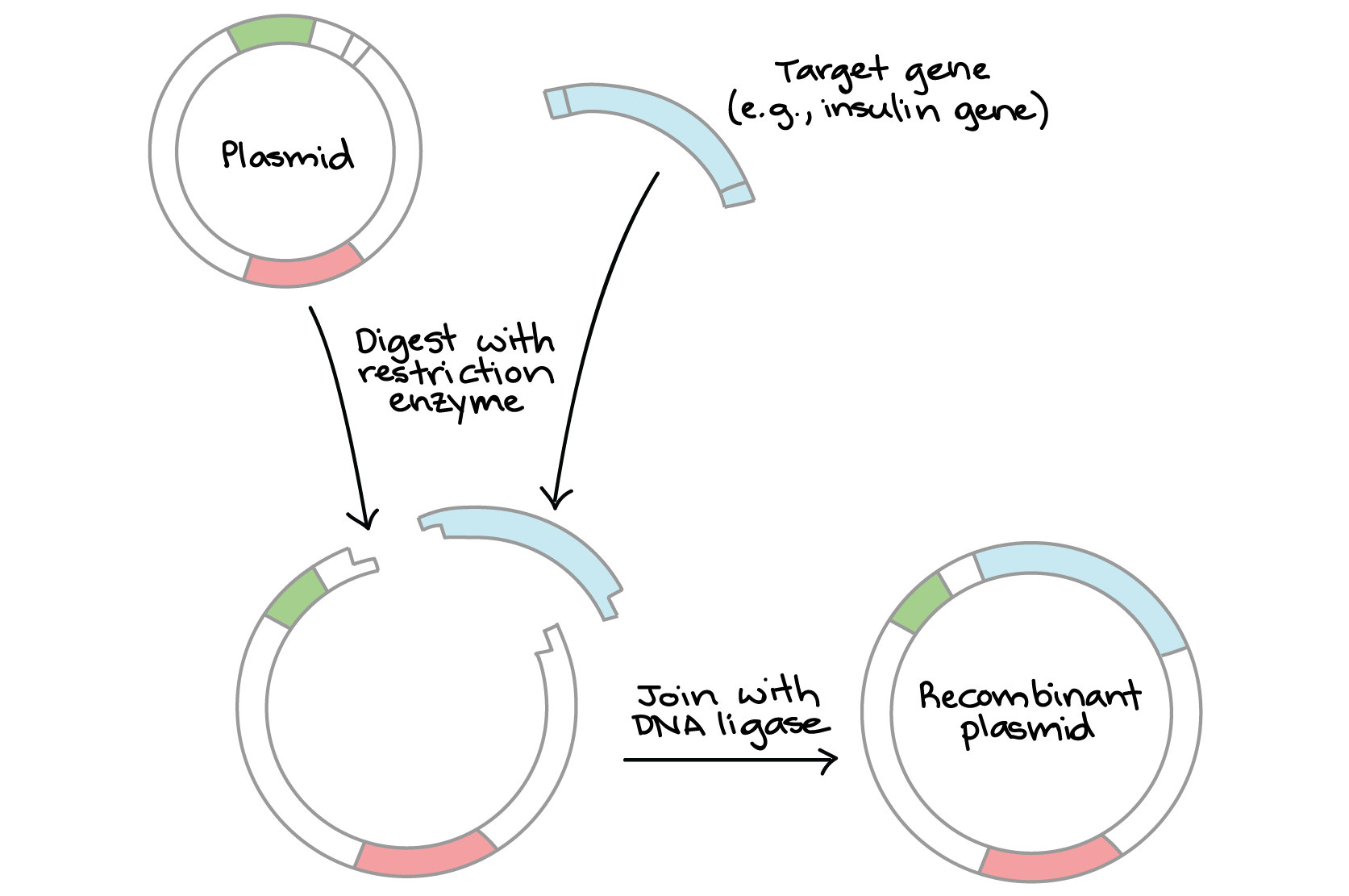Cloning using bacterial vectors is a laboratory technique used in the interdisciplinary sciences to study the functions and structures of bacteria at the molecular level. Cloning is often used in conjunction with laboratory techniques such as PCR, Western Blotting and Gel Electrophoresis and Bioinformatic techniques to understand bacterial processes at the cellular level.

Why Use Bacterial Vectors?
- Inexpensive
- Easy to obtain
- Less complex that vectors of other organisms
Dr. Sharma of Hampton University uses this technique in her research with deep sea crabs. Red deep sea crabs that live 400m below Earth’s surface in the Atlantic Ocean are of interest. These crabs survive under incredible conditions such as great water pressure, extremely cold temperatures and little access to sunlight. Sometimes the best way to study any organism is to study it’s environment. Archaea that also live in these extreme conditions are studied to give us a better idea of how red deep sea crabs live and thrive under these conditions. Archaea from this environment are scraped, and cloned using bacterial vectors and amplified using PCR techniques.
Why would scientist clone in the first place? Well, let’s say I was created by an all mighty God and overtime identified as the fastest, strongest and most intelligent woman in the world 😉. You decided it was time to participate in the Olympics for gymnastics so it was time you decided something needed to be done to enhance your strength. Cloning me may unlock they key to answering questions about how that can be done.
Science is a world of mystery full of unanswered questions. The world was so delicately created that scientists have used cloning techniques to answer those questions. What question would you want answered with cloning using bacterial vectors?
